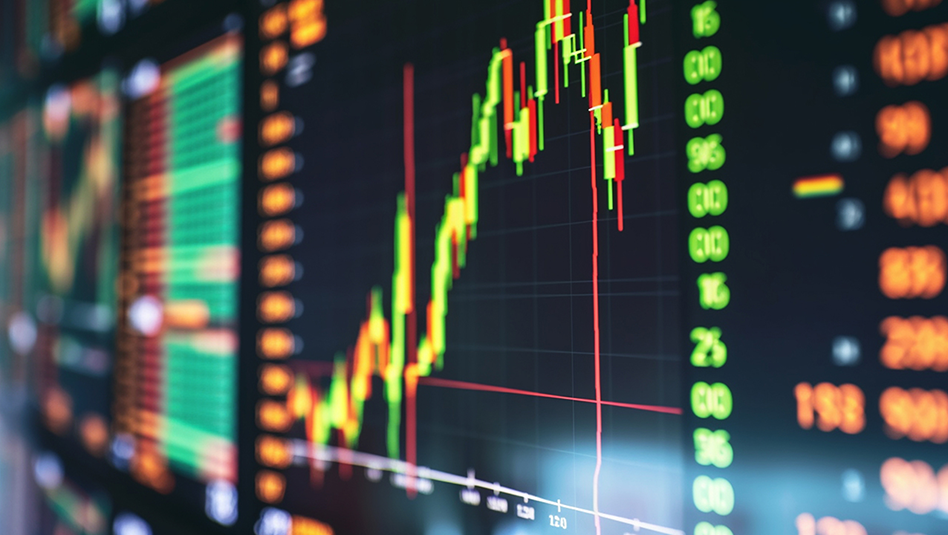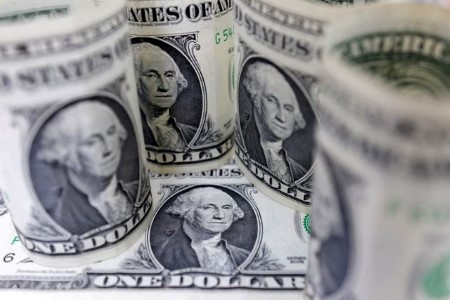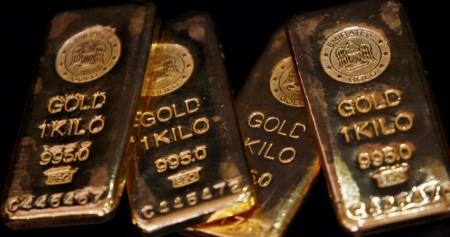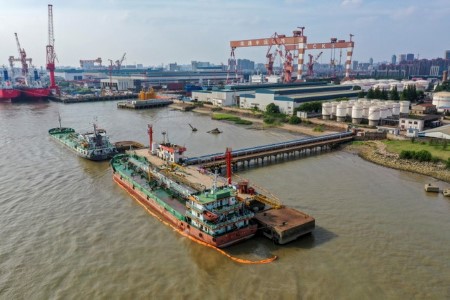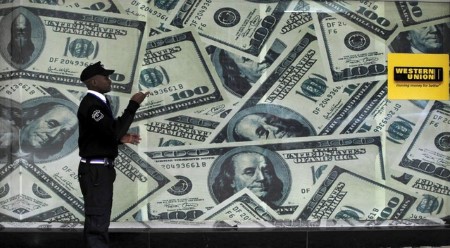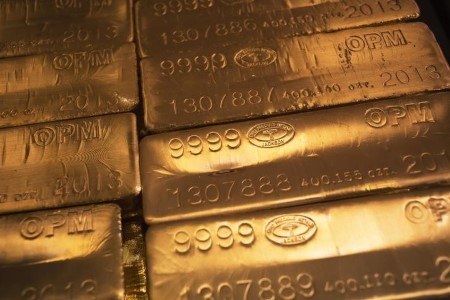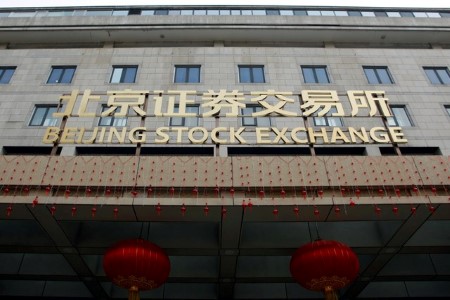NEW YORK, Jan 4 (Reuters) – The benchmark US 10-year Treasury yield fell on Wednesday, putting it on track for its longest streak of declines in more than five months after the release of the minutes from the most recent meeting of the Federal Reserve.
At the Fed’s December policy meeting which resulted in a rate hike of 50 basis points (bps) after four straight hikes of 75 bps, all officials agreed with the slower pace, but were concerned with any “misperception” in financial markets that their commitment to fight stubbornly high inflation was in any way starting to ebb.
“The market thinks the Fed is going to blink and the Fed is going out of their way to say we are bringing inflation down to 2% and there is going to be some pain,” said Christopher Lanouette, managing director and fixed income manager of taxable and tax-exempt bond portfolios at CIBC Private Wealth US in Boston.
“It seems like the market still hasn’t come to terms with that,” he added.
Earlier, economic data showed the labor market remained tight in November, which bolsters the case for the Fed to continue to hike interest rates more than is currently expected, although a separate report showed manufacturing contracted in December for a second straight month.
However, the same report showed a measure of prices paid by manufacturers tumbled to its lowest level since February 2016, excluding the drop during the early stages of the COVID-19 pandemic.
The yield on 10-year Treasury notes was down 9.2 basis points to 3.700%, on track for its biggest one-day drop since Dec. 13. The yield was poised to fall for a fourth straight session, it’s longest streak of declines since a five-session run that began on July 26.
Yields briefly moved higher after Minneapolis Fed President Neel Kashkari said the Fed should continue to raise rates at its next few meetings until it is confident that inflation has peaked, and laid out his own view that the policy rate should first pause at 5.4%, which is more aggressive than the majority of policymakers.
The yield on the 30-year Treasury bond was down 7.7 basis points to 3.814%.
Investors will get a look at several pieces of data on the labor market this week, culminating in the employment report on Friday. A weakening labor market is seen as one of the key pieces needed to convince the Fed to begin slowing its monetary tightening path.
A closely watched part of the US Treasury yield curve measuring the gap between yields on two- and 10-year Treasury notes, seen as an indicator of economic expectations, was at a negative 67.4 basis points. Such an inversion is seen by many as a signal of an impending recession.
The two-year US Treasury yield, which typically moves in step with interest rate expectations, was down 3.3 basis points at 4.372%.
The breakeven rate on five-year US Treasury Inflation-Protected Securities (TIPS) was last at 2.258%, after closing at 2.306% on Tuesday.
The 10-year TIPS breakeven rate was last at 2.226%, indicating the market sees inflation averaging 2.2% a year for the next decade.
(Reporting by Chuck Mikolajczak; Editing by Paul Simao and Elaine Hardcastle)







 DOWNLOAD
DOWNLOAD

